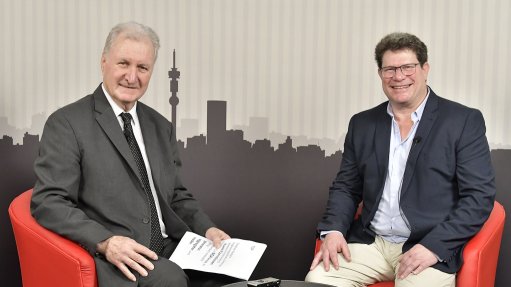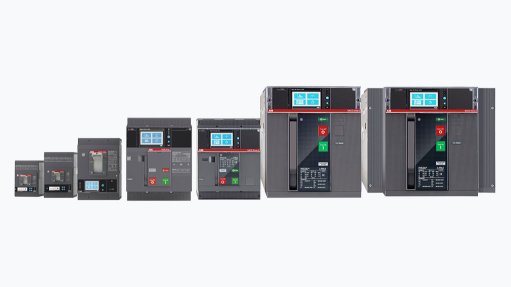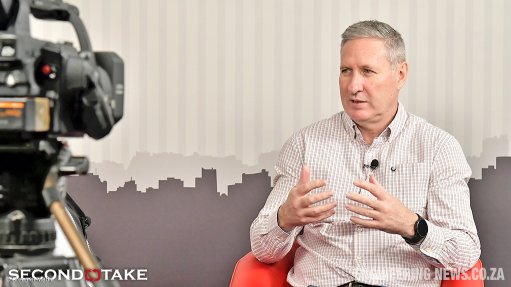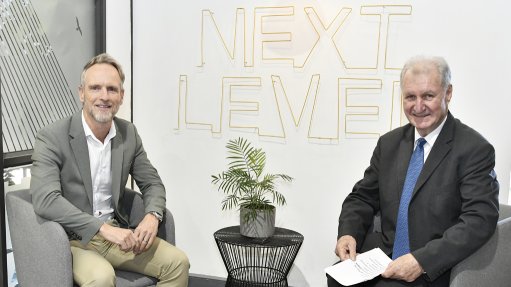How South Africa’s transformer manufacturing industry can fill a gaping local and national infrastructure gap
This article has been supplied.
By: Mervyn Naidoo - Group CEO of ACTOM
South Africa’s energy transition, as well as similar efforts by other countries around the world, is accelerating the demand for power transformers, as nations upgrade and expand their power grids to meet rising energy needs.
However, this worldwide shift toward renewable energy is exposing a critical infrastructure gap: a severe shortage of transformers. As countries race to expand generation capacity and decarbonise their grids, the demand for transformers, essential for transmission and distribution, has surged beyond current global supply capabilities.
Unlike legacy fossil fuel plants, renewable sources such as solar and wind are often geographically dispersed, located far from existing grid infrastructure. This mismatch has created an urgent need for new transmission lines and substations, driving up demand for transformers at a pace manufacturers are struggling to meet.
Factory slowdowns, supply chain bottlenecks and procurement delays during the recent COVID-19 pandemic have left manufacturers with limited capacity to ramp up production. The result is a global constraint that continues to ripple across infrastructure planning and execution.
Delaying grid upgrades
As a result, transformer shortages are delaying grid upgrades, stalling renewable energy project rollouts and deterring investment in new generation capacity. Without the ability to connect new plants to national grids, energy security and decarbonisation goals are at risk.
However, the global shortage of transformers is also a consequence of systemic uncertainty in infrastructure demand and fragmented procurement practices. While energy transition goals and transmission development plans signal long-term need, the absence of firm, bankable orders have stifled investment in manufacturing capacity.
Procurement cycles in South Africa and other markets have often been ad hoc and reactive, leading to uncertainty in multi-year demand. This lack of visibility hinders manufacturers, particularly in transformer production, where high overheads require consistent throughput. Without sustained loading, factories struggle with under-recoveries, idle resources and financial strain.
Yet, the global transformer shortage presents a strategic opening for South African manufacturers. As international markets face long lead times - up to four years in Europe - and constrained supply, South Africa can position itself as a reliable alternative, especially if local firms can commit to competitive delivery windows of 12 to 18 months. Additionally, government could introduce aggressive export incentive programmes, similar to those implemented by many foreign countries. These initiatives could help mitigate the impact of U.S. tariffs, positioning South Africa as an attractive and competitive source for transformers in the global market.
Opportunity to re-enter global supply chains
This presents a chance to re-enter global supply chains with agility. South Africa's industrial base and engineering expertise position it well, but unlocking this opportunity also needs coordinated action, such as policy support for bankable capacity expansion, procurement reform for demand visibility and targeted skills development to meet global standards.
Strategic procurement is crucial for reducing transformer lead times and enhancing grid reliability. By transitioning from reactive to proactive planning, manufacturers can stock critical components in advance, shortening production timelines and enabling quicker delivery. This approach turns procurement into a strategic enabler rather than just a cost centre.
Localisation enhances these benefits by enabling quicker repairs for transformers and components. With local manufacturing, repair turnaround times are reduced, avoiding lengthy overseas shipping times and costs. Shipping a failed large transformer to an international factory of origin and returning it to South Africa can cost as much as R40m per transformer. Localisation enables minimised downtime and ensures continuity of supply.
Beyond logistics and cost, local manufacturing allows for better monitoring and support by domestic technical teams, improving product reliability and availability. This creates a more responsive energy infrastructure. In contrast, imported products often lack local servicing, leading to delays and increased risks for operators.
Rise in protectionism around the globe
The global economic landscape is shifting, with nations increasingly prioritising domestic economic participation. This rise in protectionism signals a clear message that countries are recalibrating to secure their own industrial futures. South Africa must respond with equal strategic intent.
With rising tariffs threatening our export competitiveness, particularly in sectors like transformer manufacturing, we face the risk of job losses and economic contraction. The solution lies in leveraging these shifts to build a resilient, self-sustaining industrial base.
Ultimately, we must embrace an “SA Inc” mindset, and more broadly, an “Africa Inc” vision. By investing in local supply chains, maximising domestic procurement and building regional manufacturing ecosystems, we can unlock economic growth, create jobs and reduce dependency on volatile global markets.
Article Enquiry
Email Article
Save Article
Feedback
To advertise email advertising@creamermedia.co.za or click here
Comments
Announcements
What's On
Subscribe to improve your user experience...
Option 1 (equivalent of R125 a month):
Receive a weekly copy of Creamer Media's Engineering News & Mining Weekly magazine
(print copy for those in South Africa and e-magazine for those outside of South Africa)
Receive daily email newsletters
Access to full search results
Access archive of magazine back copies
Access to Projects in Progress
Access to ONE Research Report of your choice in PDF format
Option 2 (equivalent of R375 a month):
All benefits from Option 1
PLUS
Access to Creamer Media's Research Channel Africa for ALL Research Reports, in PDF format, on various industrial and mining sectors
including Electricity; Water; Energy Transition; Hydrogen; Roads, Rail and Ports; Coal; Gold; Platinum; Battery Metals; etc.
Already a subscriber?
Forgotten your password?
Receive weekly copy of Creamer Media's Engineering News & Mining Weekly magazine (print copy for those in South Africa and e-magazine for those outside of South Africa)
➕
Recieve daily email newsletters
➕
Access to full search results
➕
Access archive of magazine back copies
➕
Access to Projects in Progress
➕
Access to ONE Research Report of your choice in PDF format
RESEARCH CHANNEL AFRICA
R4500 (equivalent of R375 a month)
SUBSCRIBEAll benefits from Option 1
➕
Access to Creamer Media's Research Channel Africa for ALL Research Reports on various industrial and mining sectors, in PDF format, including on:
Electricity
➕
Water
➕
Energy Transition
➕
Hydrogen
➕
Roads, Rail and Ports
➕
Coal
➕
Gold
➕
Platinum
➕
Battery Metals
➕
etc.
Receive all benefits from Option 1 or Option 2 delivered to numerous people at your company
➕
Multiple User names and Passwords for simultaneous log-ins
➕
Intranet integration access to all in your organisation




















